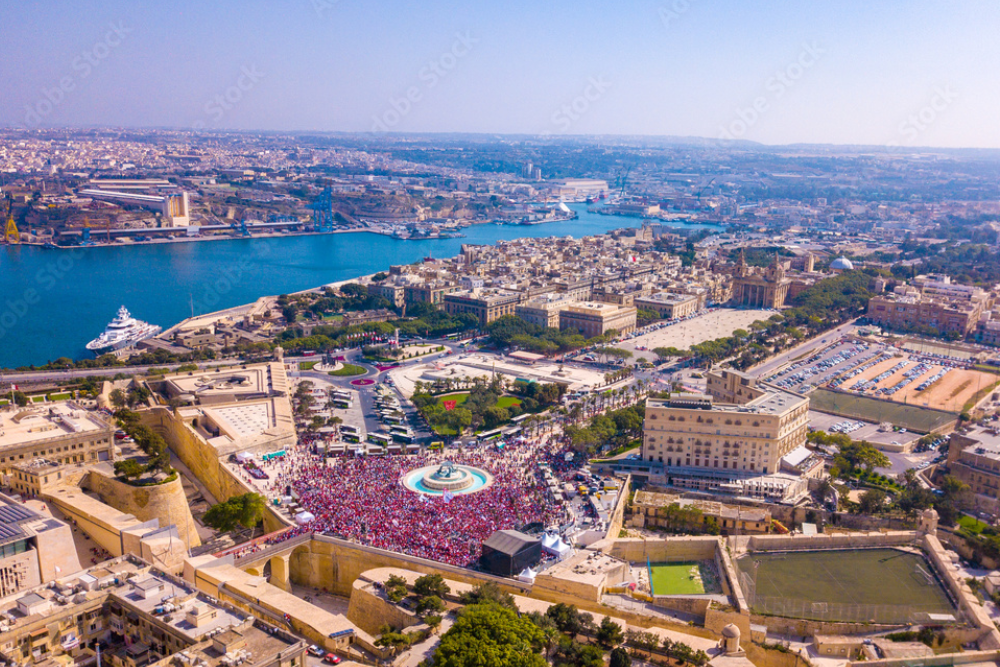Introduction
Zejtun is a charming town located in the southern part of Malta, known for its rich history and cultural heritage. It is one of the oldest inhabited areas on the island, with roots tracing back to ancient Roman times. The town is characterized by its traditional Maltese architecture, including stunning churches like the Parish Church of Saint Catherine, which features beautiful baroque design. Zejtun is also famous for its local produce, particularly olives and wine, and hosts various cultural events and festivals that celebrate Maltese traditions. The surrounding countryside offers scenic views and opportunities for leisurely walks, making Zejtun a delightful destination for visitors seeking an authentic Maltese experience.
Parish Church of Saint Catherine
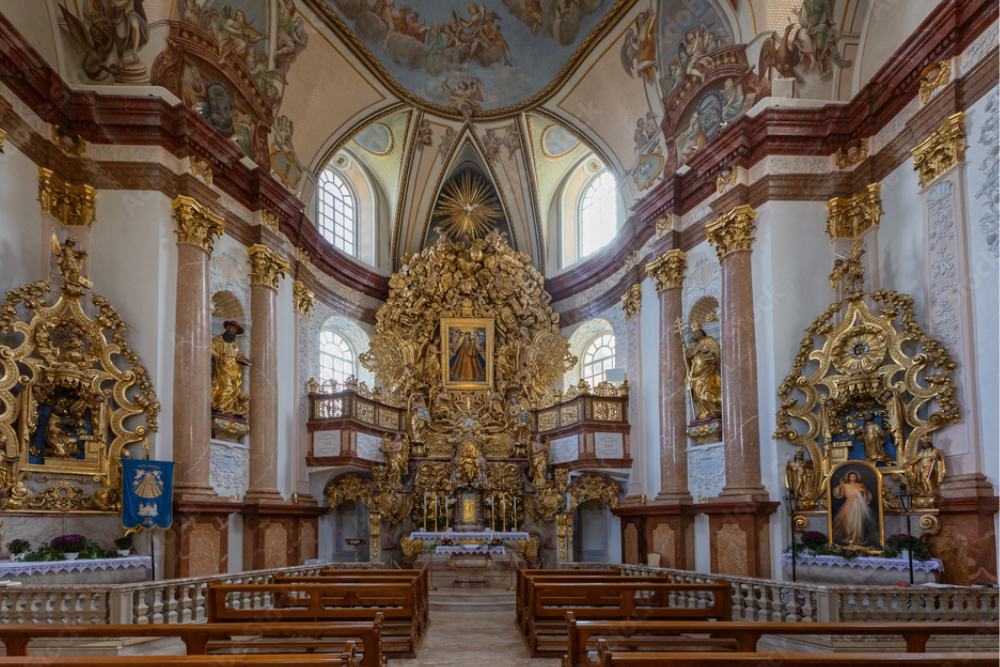
- This beautiful church is the centrepiece of Zejtun, known for its stunning baroque architecture and impressive interior decorations. Don’t miss the chance to explore its art and historical significance.
The Zejtun Windmill

- A historical landmark, this traditional windmill dates back to the 18th century and is a symbol of the town. You can admire its structure and learn about its role in Malta’s agricultural history.
St. John’s Theologian Church
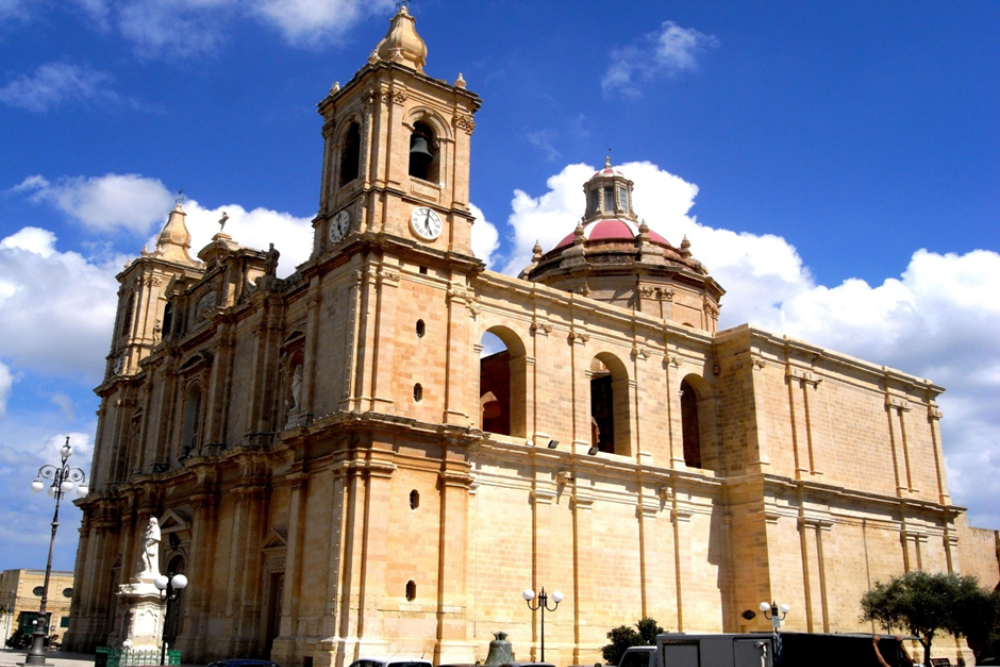
- A lesser-known but fascinating site, this church is another example of Zejtun’s rich religious heritage. Its peaceful ambiance makes it a great spot for contemplation.
Local Markets and Artisan Shops
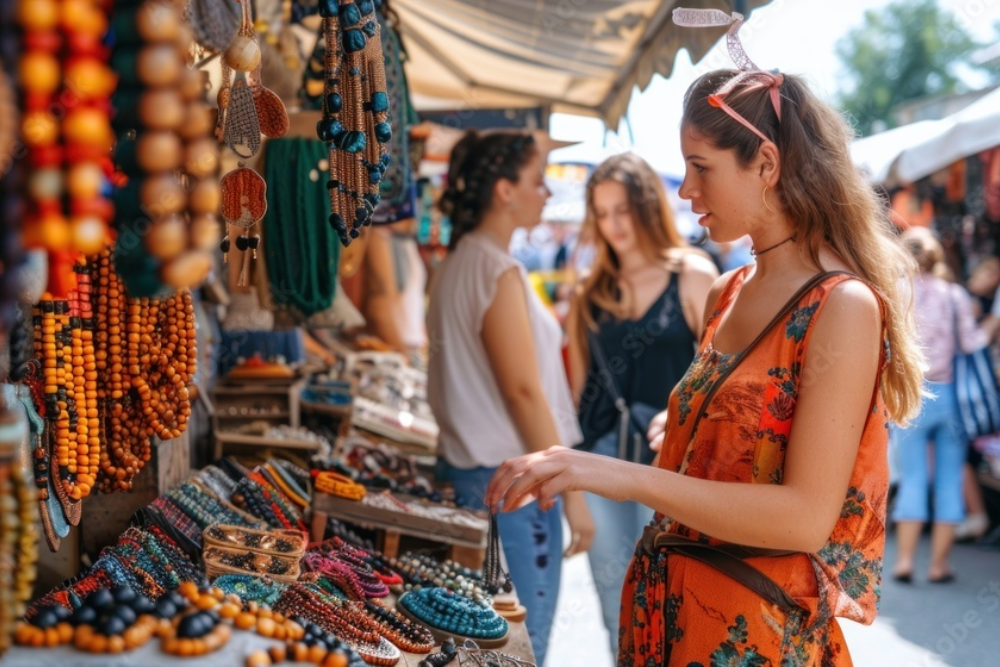
- Explore Zejtun’s markets for local produce, including olives and traditional Maltese sweets. You can also find artisan shops selling handmade crafts, jewelry, and souvenirs.
Hiking and Nature Walks
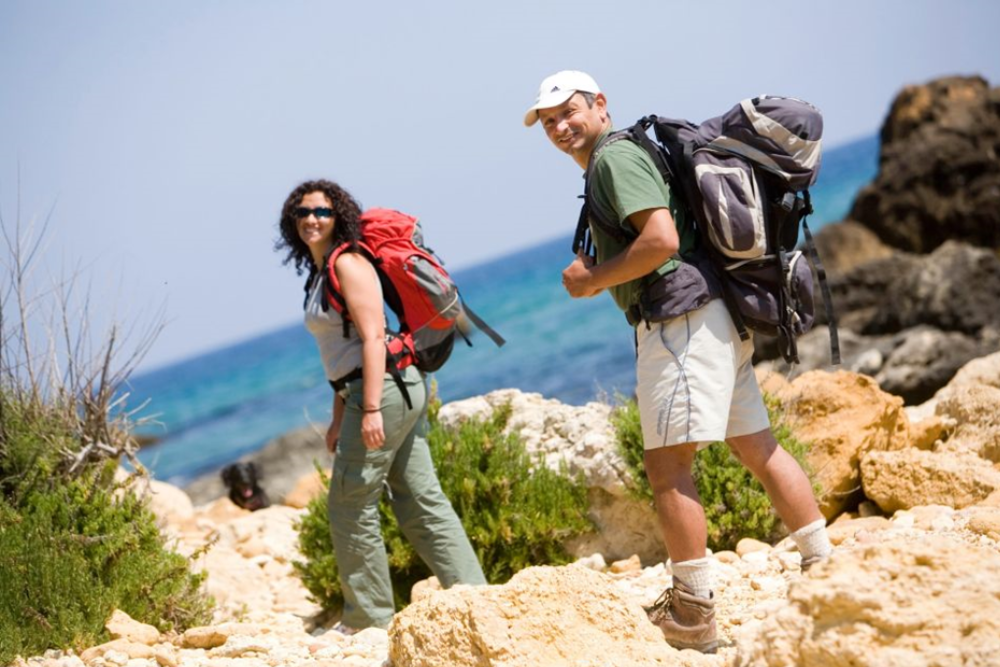
- The surrounding countryside offers picturesque trails perfect for hiking and nature walks. Enjoy the scenic views, lush landscapes, and opportunities to spot local wildlife.
Cultural Events and Festivals

- If your visit coincides with local festivals, such as the Feast of Saint Catherine, take part in the celebrations. These events often feature traditional music, food, and local crafts.
Wine Tasting Tours

- Discover the local wine culture by participating in wine tasting tours at nearby vineyards. Enjoy sampling Maltese wines and learning about the winemaking process.
Dos and Don’ts Zejtun
When visiting Zejtun, it’s helpful to keep in mind some dos and don’ts to enhance your experience and respect local customs. Here’s a concise guide:
Dos
- Do Respect Local Traditions:
- Participate in local festivals and events to immerse yourself in the culture. Be respectful of religious customs, especially when visiting churches.
- Do Try Local Cuisine:
- Sample traditional Maltese dishes and local produce. Look for local markets and eateries for an authentic dining experience.
- Do Dress Modestly:
- When visiting churches or religious sites, dress modestly. This includes covering shoulders and knees as a sign of respect.
Don’ts
- Don’t Disrespect Sacred Spaces:
- Avoid loud conversations and disruptive behavior in churches and during religious events.
- Don’t Litter:
- Keep the town clean by disposing of trash properly. Littering is frowned upon, especially in natural areas and historic sites.
- Don’t Ignore Traffic Rules:
- Pay attention to local driving rules and pedestrian crossings. Traffic can be busy, and it’s essential to stay safe.
Best time to reach in Zejtun
The best time to visit Zejtun largely depends on your preferences for weather, activities, and crowds. Here’s a breakdown to help you decide:
1. Spring (March to May):
- Mild temperatures ranging from 15°C to 25°C (59°F to 77°F).
- Ideal for outdoor activities, hiking, and exploring the town’s historical sites. Spring is also the time for local festivals, adding to the cultural experience.
- Moderate, making it easier to enjoy attractions without the summer rush.
2. Summer (June to August):
- Warm to hot, with temperatures averaging between 25°C to 35°C (77°F to 95°F).
- Great for beach outings, water sports, and enjoying the vibrant local nightlife. However, it can get quite hot, so plan for early morning or late afternoon activities.
- Peak tourist season, so expect larger crowds at popular sites.
3. Autumn (September to November):
- Pleasant temperatures around 20°C to 28°C (68°F to 82°F).
- A good time for sightseeing and enjoying outdoor events as the weather is still warm but less humid than summer. Harvest season also means more local produce to try.
- Decreasing as the season progresses, allowing for a more relaxed visit.
4. Winter (December to February):
- Cooler temperatures between 10°C to 17°C (50°F to 63°F).
- A quieter time for exploring, with fewer tourists. Some attractions may have limited hours, but the holiday season offers unique cultural experiences.
- Least crowded, perfect for a peaceful getaway.



